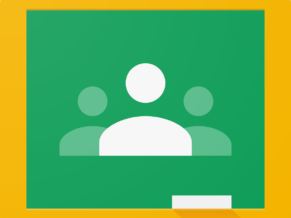Google Classroom provides educators with multiple opportunities to monitor student progress and provide timely, targeted feedback. To begin, there are multiple options for the type of file that students can submit. Students can create and attach a document, slideshow, drawing, spreadsheet, video, audio recording, or any other type of file. This option creates opportunities for student creativity and promotes voice & choice. Encouraging students to utilize a variety of modalities to demonstrate understanding can empower them.
The Questions feature in Google Classroom creates streamlined opportunities for formative assessment. When students reply to a teacher’s question, their answers populate onto one screen for an at-a-glance assessment. This can be an easier way for teachers to quickly scan responses in contrast to flipping through multiple Google documents or slideshows. The Question feature can also be used to engage learners in a simple group discussion, which creates opportunities for students to communicate, collaborate, and learn from one another asynchronously.
Quizzes can also be integrated into the Google Classroom environment. Teachers can use existing Google Forms quizzes or create one in the moment with a couple of clicks in Google Classroom. In some cases, these quizzes can even be graded, and the scores can be imported into Google Classroom. Many different types of question types are possible. Multiple choice, dropdown menus, short answers, date and time responses, and more exist.
Assessment feedback is also easily facilitated in Google Classroom. Teachers can give feedback to students right within the Google Classroom environment. Students can then respond, ask questions or make comments within the individual assignment. This asynchronous communication can continue throughout the duration of the assignment.
Google Classroom also provides opportunities for audio and video to be part of the learner experience. In all assignments, teachers can attach audio or video files as part of the assignment. These audio or video clips can house instructions or content and provide differentiated options for students. Audio and video can even be utilized to give feedback to students.
Would you like to learn more about all of these functions, features, and workflows? Check out this video! With a focus on elementary students, EdTechTeacher, Avra Robinson, explores how Google Classroom features can help teachers monitor progress and provide authentic feedback to students.

